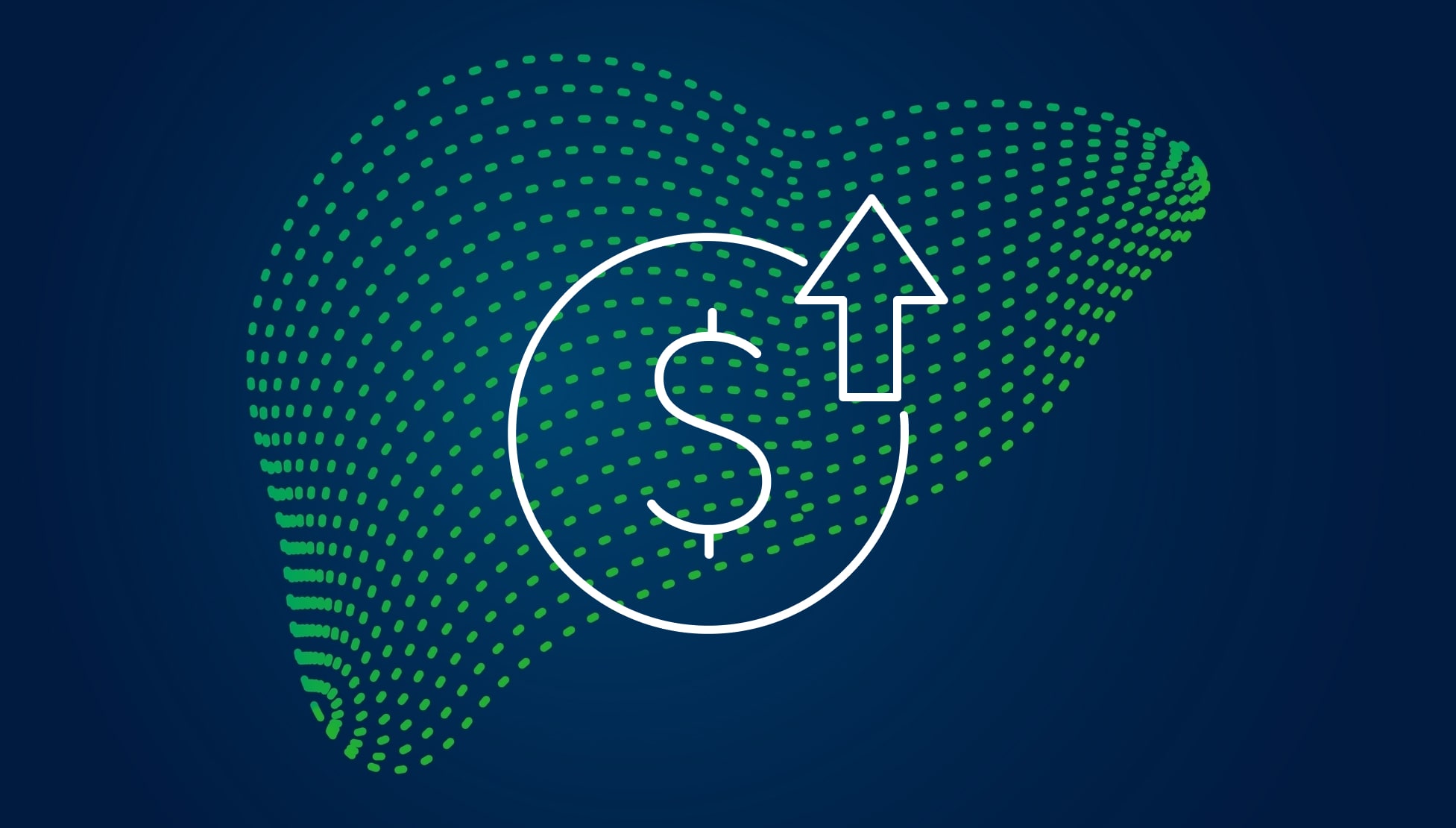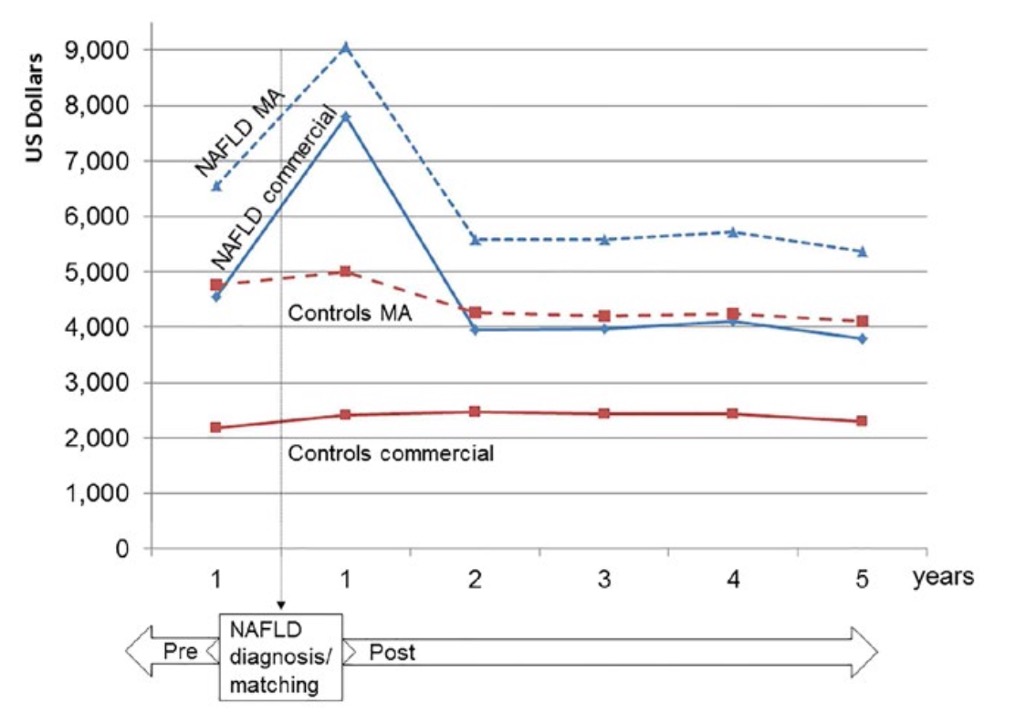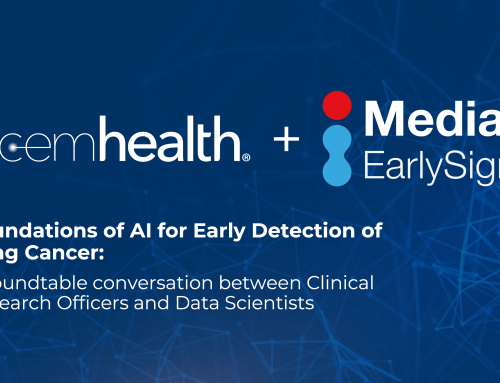
The Economic Benefits of Detecting Liver Disease Early
Early detection and treatment of liver disease provides substantial clinical and economic advantages. While discussion of liver disease typically has been associated with alcohol use, broader understanding has raised awareness levels of Metabolic Associated Steatohepatitis Liver Disease (MASLD) and Metabolic Associated Steatohepatitis (MASH). These conditions – sometimes known as “fatty liver disease” – present a significant public health issue due to their high prevalence and considerable economic impact. Here we explore the financial advantages of identifying and treating patients earlier.
The Heavy Toll of Liver Disease
Health journalism may not cover liver disease as broadly as cancer or heart disease, but liver disease affects millions. MASLD is the primary reason for chronic liver disease and is the foremost cause of liver-related health complications and deaths. MASLD’s impact is estimated to be 30% of the global adult population, with its prevalence rising from 22% to 37% between 1991 and 2019. [1] Additionally, prevalence of MASH in the United States rose from 1.51% in 2010 to 2.79% in 2020. Around 20% of people with MASLD develop MASH, and over 40% of MASH cases advance to fibrosis. [2]
The financial cost is staggering—annual healthcare expenses in the U.S. related to MASH alone surpass $100 billion, covering hospital stays, doctor’s visits, and treatments. [3] Furthermore, the indirect costs, such as lost productivity from sick days and early death, add billions more to the total economic burden.
The Growing Economic Impact of Liver Disease and Related Conditions
Identifying liver disease early can drastically reduce the resources needed to manage it. MASLD and MASH often exacerbate other health issues, including heart disease, type 2 diabetes, kidney problems, and brain disorders linked to liver disease. A study examining the burden of illness and healthcare costs for patients with metabolic liver disease shows that health expenses skyrocket as liver disease worsens. [4]
Early Detection: Saving Money and Lives
Unsurprisingly, managing liver disease in its initial stages costs significantly less than treating more severe conditions like cirrhosis or liver cancer. Real-world data indicates that early diagnosis of MASLD and MASH, followed by proper weight management and potential pharmaceutical therapy, can improve liver health and avoid costly treatments down the line. For instance, research shows that early treatment can slash healthcare costs by up to 50% compared to expenses related to advanced liver disease complications. [5]
In our own analysis based on published studies, we find that average annual direct medical costs are almost 4.5 times higher for patients diagnosed with cirrhosis than for those found in earlier stages ($35,000 vs. $7,800). And year-over-year, costs for cirrhosis care remain over 400% higher than for early-stage care ($15,500 vs. $3,800). [6] [7]
Figure 1 shows the total annual medical costs of MASLD patients compared with matched controls in reference to the date of index MASLD diagnosis or matching. Costs are presented in 2015 US Dollars. The dotted lines represent costs for patients with Medicare Advantage.
Thus, early detection presents a substantial opportunity for reducing costs of care over time.
Embracing Technology for Early Detection
The introduction of new diagnostic tools enhances our ability to treat liver disease early and cost-effectively. Techniques like sophisticated biomarker tests offer non-invasive, accurate liver health assessments and play a key role in identifying patients sooner. [8] Newer imaging modalities also support early diagnosis without biopsy. However, implementing wide-spread screening with these methods may not be broadly practical or cost-effective. Healthcare providers need technologies that allow them to target higher-risk patients efficiently.
Innovative solutions geared towards early detection, such as analyzing electronic health records to risk-stratify patients, could make liver disease screening manageable and scalable.
Boosting Care and Profits Through Early Detection
Consider the impact of a novel predictive analytics solution on patient outcomes and a healthcare provider’s bottom line. Imagine the provider has 100,000 adult primary care patients with a typical demographic distribution.
Today, this provider would proactively screen relatively few patients for MASLD or MASH. However, by using a clinical AI solution that flags the 5% with higher apparent risk, a provider could diagnose up to an additional 600 MASLD cases and 90 MASH cases—capturing 45% of all cases among those at highest risk. For providers looking to reduce long-term care costs and boost higher-margin outpatient specialty services, this strategic focus could generate an additional $1.2 million in incremental revenue annually from early-stage MASLD cases alone.
Such an approach does not only allows healthcare providers to allocate resources more effectively. It also improves patient outcomes by intervening sooner, and it reduces future treatment costs. In short, it fulfills the objectives of a high-value population health program.
Putting It All Together
Early detection of liver diseases like MASLD and MASH will improve patient outcomes and reduce the economic burden of unnecessary health spending driven by suboptimal management of chronic disease. Adopting innovative, proactive programs should save money and enhance quality of life for countless individuals.
Want to know more about leveraging advanced clinical technology for earlier detection of diseases and chronic conditions? Contact us!

